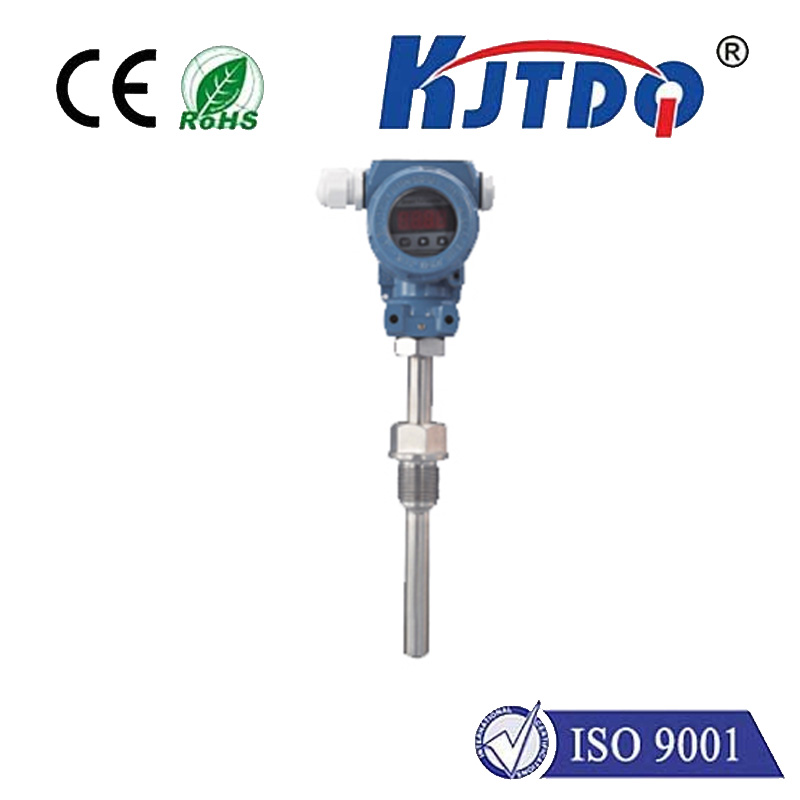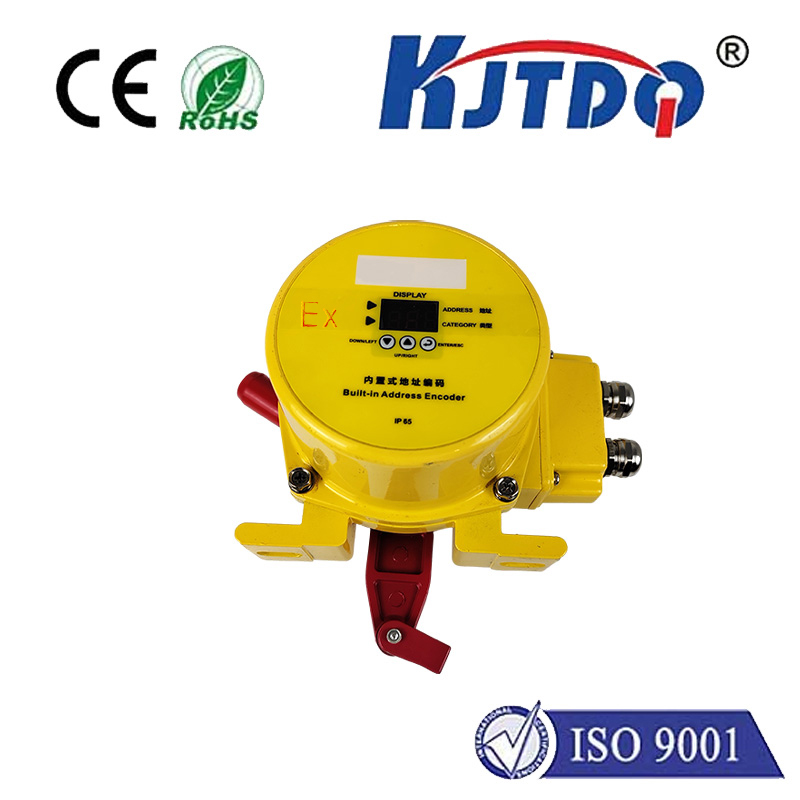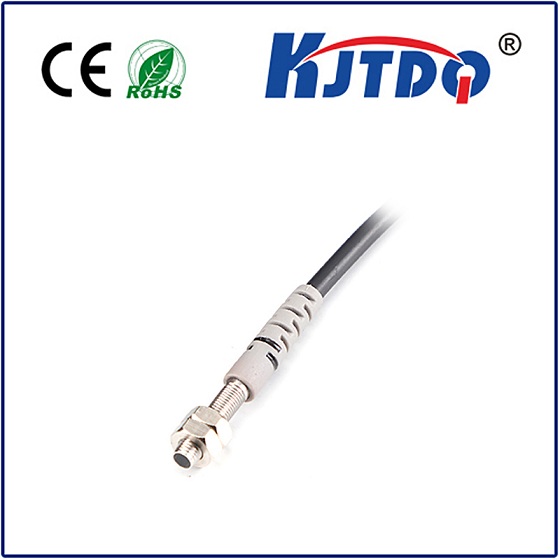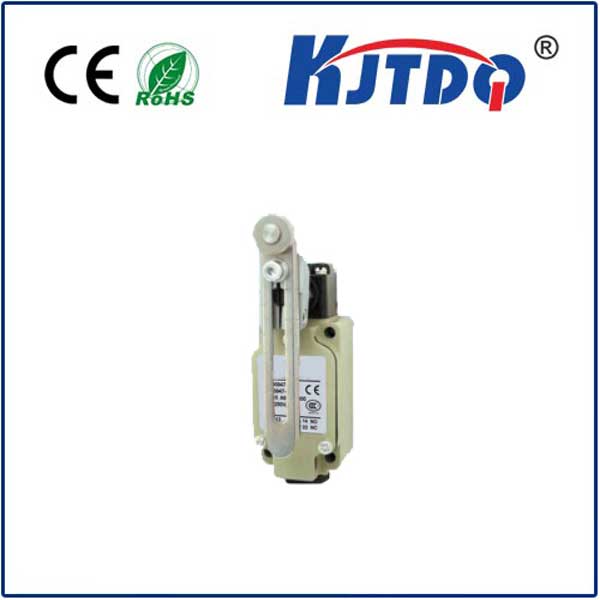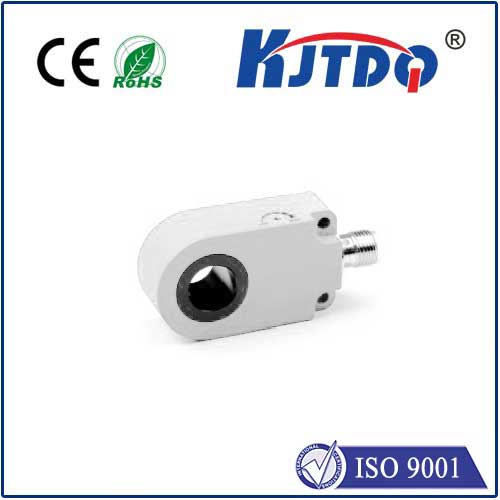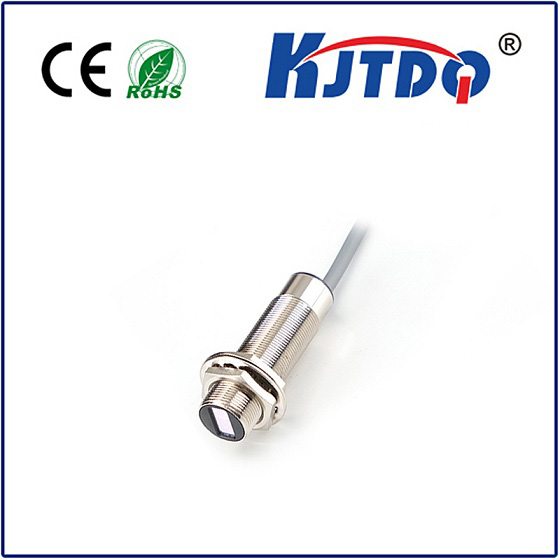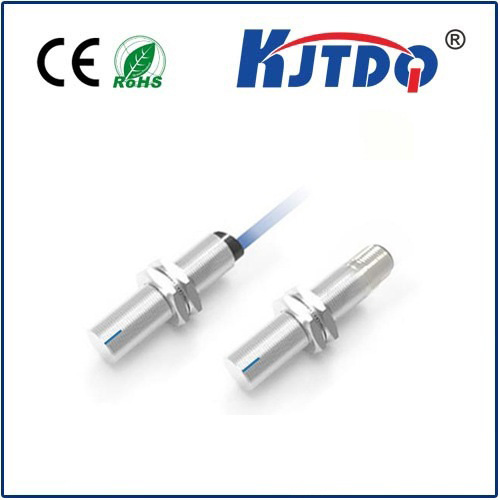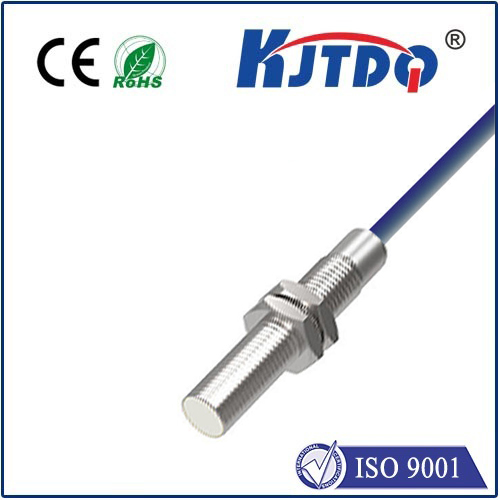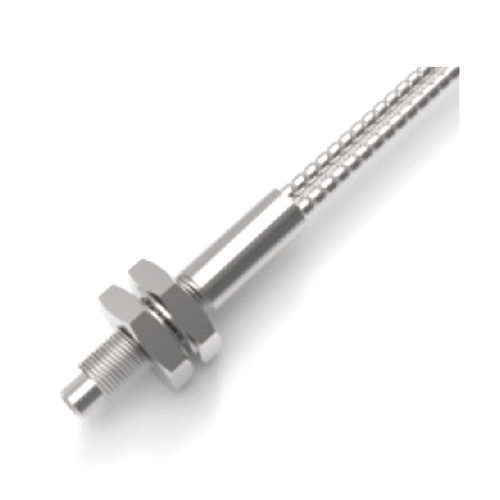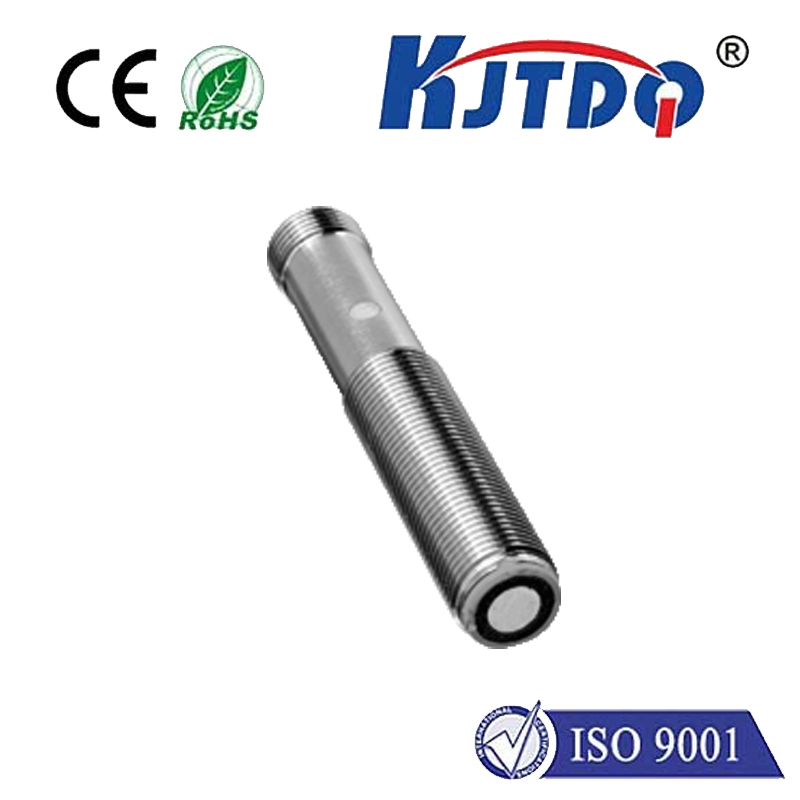

check

check

check

check

check

check

check

check

check

check
Imagine a high-powered motor in a factory humming along smoothly—until an unnoticed overheating coil spirals into a catastrophic failure. This scenario is all too common in industries reliant on electrical systems, where temperature fluctuations can spell disaster. That’s where coil temperature sensors step in as unsung heroes. These specialized devices monitor the heat levels in coils—such as those in motors, transformers, or inductors—to prevent meltdowns and optimize performance. In this guide, we’ll dive deep into what coil temperature sensors are, how they work, and why they’re indispensable across sectors. Whether you’re an engineer seeking technical insights or a facility manager aiming to boost operational efficiency, understanding these sensors could be your key to unlocking safer, smarter systems.
Coil temperature sensors are compact devices designed to measure the temperature of electromagnetic coils. Coils, made of wound wire, are critical in converting electrical energy into mechanical motion or magnetic fields—think of the windings in your car’s starter motor or an industrial transformer. When excessive current flows through them, they generate heat, which can degrade insulation, cause short circuits, or lead to premature failure. Sensors are typically embedded directly into or near the coil, providing real-time data for proactive monitoring. Historically, such measurements relied on indirect methods like ambient thermometers, but modern advancements now offer direct, precise readings. This evolution stems from the growing demand for reliability in sectors like renewable energy and manufacturing, where equipment uptime is paramount.

How do these sensors actually work? At their core, coil temperature sensors employ thermocouples, resistance temperature detectors (RTDs), or thermistors to detect heat changes. For instance, an RTD sensor increases its electrical resistance as temperature rises, sending a proportional signal to a control system. This allows operators to track variations instantly—say, if a coil in a wind turbine generator starts overheating due to friction during high winds. The data is often transmitted via wired or wireless interfaces to centralized dashboards, enabling alerts before issues escalate. It’s crucial that the sensor is placed optimally, often within the coil’s windings or at a hotspot, to ensure accuracy. Without such precise insertion, readings could be misleading, leading to false alarms or missed warnings. Thus, calibration and installation techniques are vital; as experts note, improper setup can undermine even the best sensors.
The applications of coil temperature sensors span a wide range of industries, making them versatile tools for modern technology. In industrial automation, they safeguard motors in conveyor belts and robotics, preventing costly downtime. For example, in automotive manufacturing, these sensors monitor coil temperatures in electric vehicle powertrains, helping maintain battery efficiency and lifespan. Similarly, in power generation, they’re essential for transformers in substations, where overheating can trigger grid failures or fire hazards. Renewable energy systems, like solar inverters or wind farms, rely heavily on these sensors to handle volatile loads under harsh conditions, ensuring sustainable operations. Even consumer electronics benefit—think of the coils in your laptop’s power adapter—where temperature monitoring prolongs device health. This broad utility highlights how coil temperature sensors are not just niche gadgets but integral components across the board.
Beyond preventing failures, the benefits of deploying these sensors are substantial. Firstly, they drive energy efficiency by providing data to optimize cooling systems or reduce unnecessary power consumption. For instance, in HVAC units with electromagnetic coils, real-time temperature readings can adjust airflow dynamically, cutting energy waste by up to 15% in some setups. Secondly, they enhance safety, as early detection of overheating minimizes fire risks and protects personnel—a key concern in chemical plants or data centers. Longevity of equipment is another major perk; coils monitored properly can last 20-30% longer, saving on replacement costs. Moreover, predictive maintenance becomes a reality: instead of reactive repairs, sensors enable scheduled interventions, boosting overall productivity. On the flip side, selecting the right sensor matters. Factors like temperature range (e.g., 0°C to 150°C for most coils), durability against vibrations, and compatibility with existing systems must be weighed to avoid performance gaps.
In closing, integrating coil temperature sensors isn’t just about avoiding meltdowns—it’s about future-proofing operations. With advancements like IoT-enabled sensors that offer cloud-based analytics, the potential for smarter, connected systems is immense. As industries push toward automation and energy conservation, these devices stand as essential enablers of reliability and efficiency.
